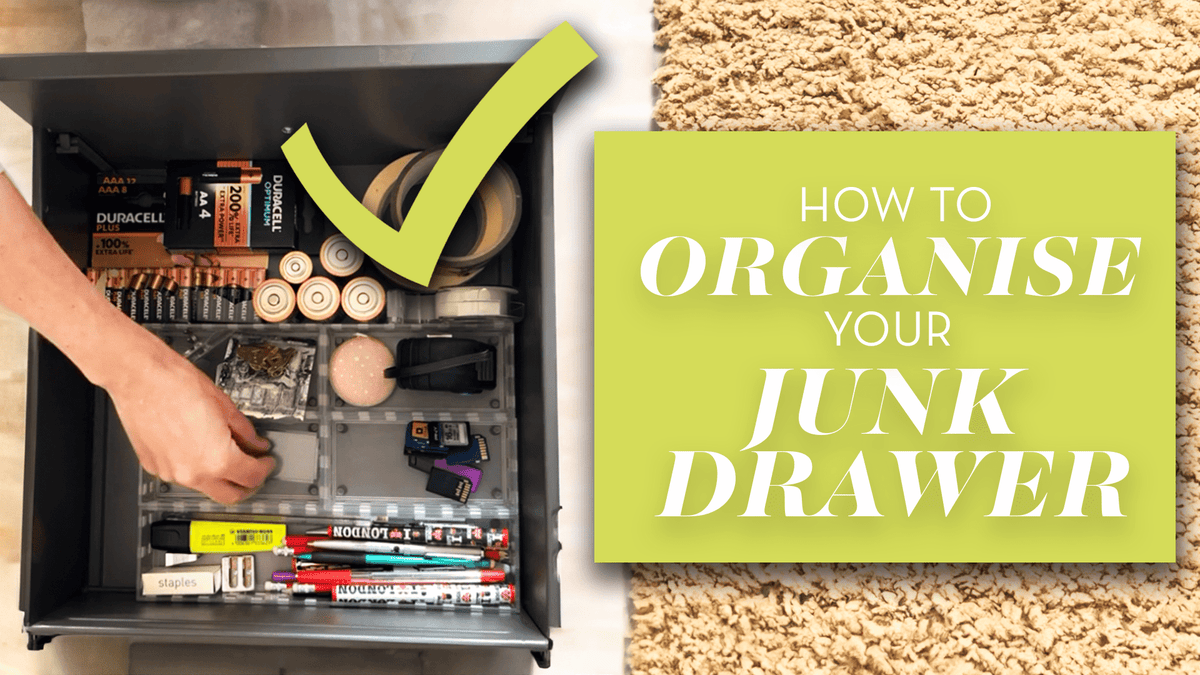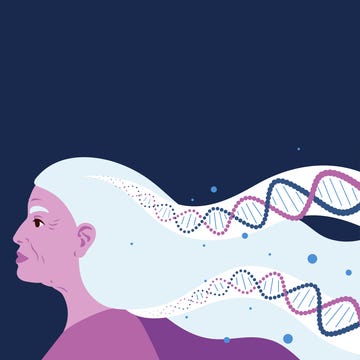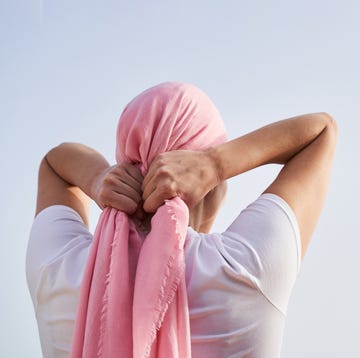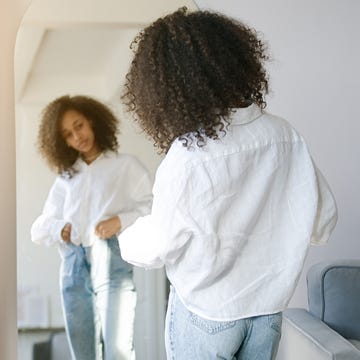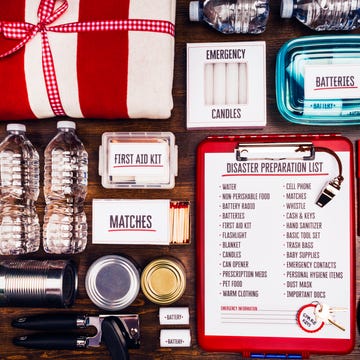It’s a claim that’s gone viral. In an interview with American podcast host Mel Robbins, Dr. Vonda Wright, an orthopedic surgeon and expert in musculoskeletal aging, sits in front of her microphone and says that 30% of women who break their hip won’t make it. They will, she says, die.
It’s an extraordinary statistic. One which, she says, makes her cry. And yet: ‘We have within our hands the power to change this trajectory,’ she says. Just why is breaking your hip so dangerous, especially to women, and what can you do to protect yourself?
A 2017 study found that one in three adults over the age of 50 dies within 12 months of fracturing their hip. Another found that older adults have a five- to eight-fold increased risk of death during the first three months after hip fracture.
The risk of sustaining a hip fracture rises for both men and women as we age, explains physiotherapist Sam Bhide, primarily due to falls. ‘As we age, several factors contribute to an increased risk of falls, including poor balance and decreasing leg strength, along with the natural depletion of muscle mass and more brittle bones,’ she says. ‘During a fall, people often slip or land on their side, which leads to a direct impact on the hip joint, frequently resulting in a fracture of the neck of the femur (thigh bone).’
Why women?
Women often have lower baseline muscle mass, which may contribute to balance issues and weaker protection during a fall, explains Dr Vikram Murthy, GP & co-founder of the Harley St Clinic Murthy Health. However the risk is accentuated as they go through the menopause. ‘Women are at higher risk primarily because of postmenopausal bone loss,’ he explains. ‘Oestrogen plays a protective role in maintaining bone density and after menopause, its decline accelerates osteoporosis. Women also tend to live longer than men, increasing their likelihood of experiencing both a fracture and the complications that can follow.’
Dr Wright makes the point that, by the time many women experience a hip fracture, they have spent decades putting their own health and wellbeing to the bottom of their to-do list. As a result, she explains, the fracture has more profound impacts on their body. But other factors, too, exacerbate the effect that a hip fracture has on your future.
‘After a hip break, many people are suddenly unable to walk, stand or even sit comfortably. This immobility can quickly lead to complications such as blood clots, pneumonia and muscle wasting. Unlike a wrist or ankle fracture, which can be managed with relative independence, a hip fracture often requires surgery and intensive rehabilitation and even then, many people don’t regain full function,’ explains Dr Murthy.
The resulting decline in your physical and mental health can send you into a downward spiral. But it needn’t be this way. As Dr Wright hints, there are measures you can take to protect yourself against these negative impacts.
Nutrition
For a start, you can eat your way to better protection. Older adults who are malnourished are 64% more likely to fall. Meanwhile, the Association of UK Dieticians says that ‘a diet with enough protein, calcium-rich foods and daily 10ug vitamin D supplement has been shown to help maintain or improve muscle health as we age.’ The NHS recommends getting high-quality protein (such as lean meat, fish, eggs, yogurt, nuts or beans – into two of your three daily meals to protect against falls.
Exercise
Then, of course, there’s exercise. Bhide recommends three 30-minute weight-bearing strength training sessions a week. ‘Weight-bearing exercises, such as walking, taking stairs, or simple sit-to-stand movements while at your desk or watching TV, are beneficial, especially given the decreasing bone density and muscle mass resulting from declining estrogen levels in women,’ she says.
These sessions should include a mixture of upper body lower body and core work. Starting from scratch? She recommends squats for lower body strength, the Pilates bridge exercise for you back and core and push-ups from your knees for your upper body. No equipment or gym membership necessary, so no excuse to put yourself to the bottom of the list.
Dr Vikram’s rules
In your 20s to 40s: this is the time to build strong bones through weight-bearing exercise (such as walking, running, or resistance training), getting enough calcium and vitamin D and avoiding smoking or excessive alcohol.
In your 50s and 60s: it’s crucial to get screened for bone density, especially for women post-menopause. Keep active with balance-focused exercise like yoga or tai chi and continue strength training to preserve muscle mass.
In later life: fall prevention becomes critical, think home safety checks (e.g., removing loose rugs), regular vision checks and using mobility aids if needed. Nutritional support and social connection also play a surprisingly important role in helping people stay active and independent.

